Cockapoo
The Cockapoo is a cute designer breed, developed by crossing the Cocker Spaniel (American or English) and Poodle (Toy or Miniature). However, in the present times the Miniature Poodle is used for developing these dogs and not the toy varieties, the reason being to eliminate the health ailments suffered by the latter. Some of the common physical features they inherit from both their parents include a small or medium built, a domed skull, slightly tapering muzzle, medium-sized, wedge-shaped ears, light-shaded eyes and a well-muscled body.
Cockapoo Pictures
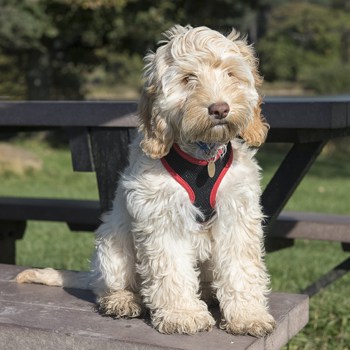





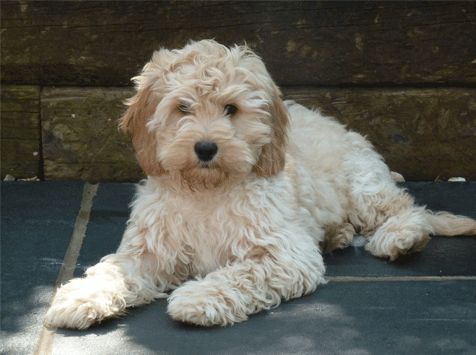
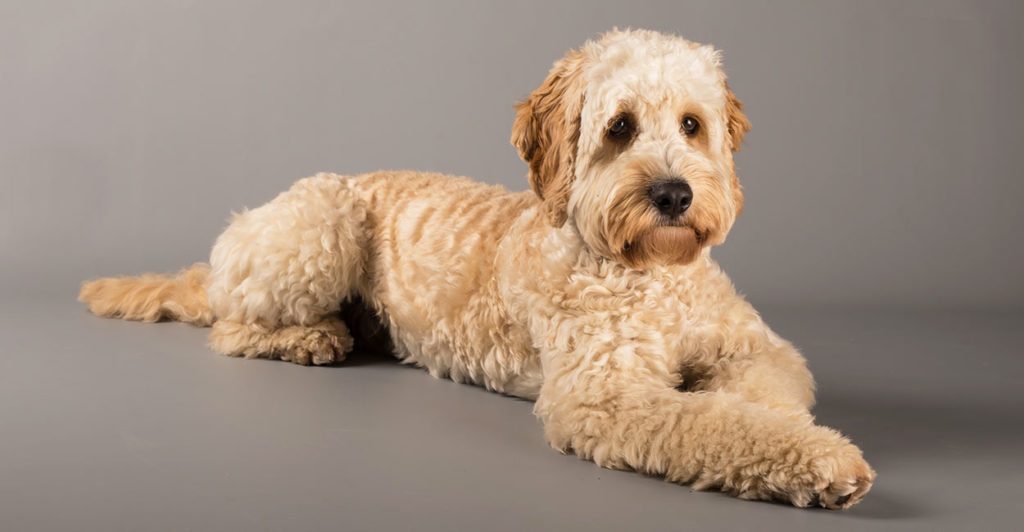

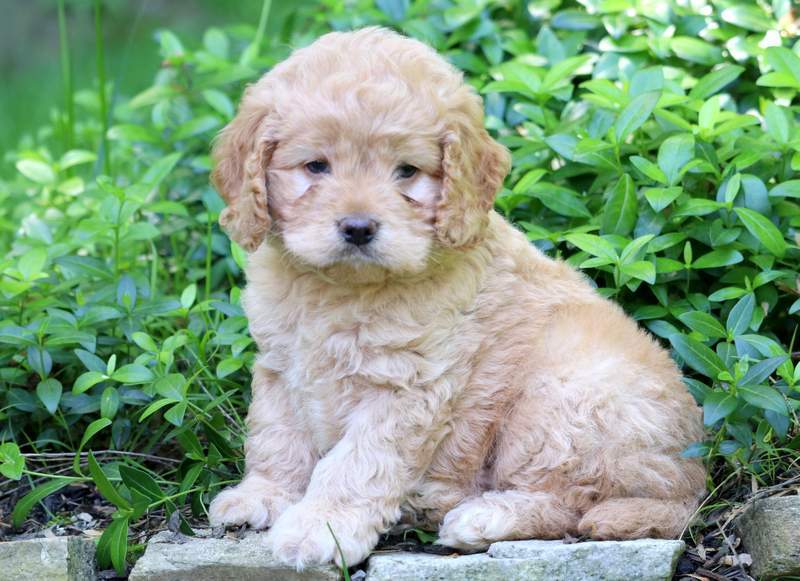

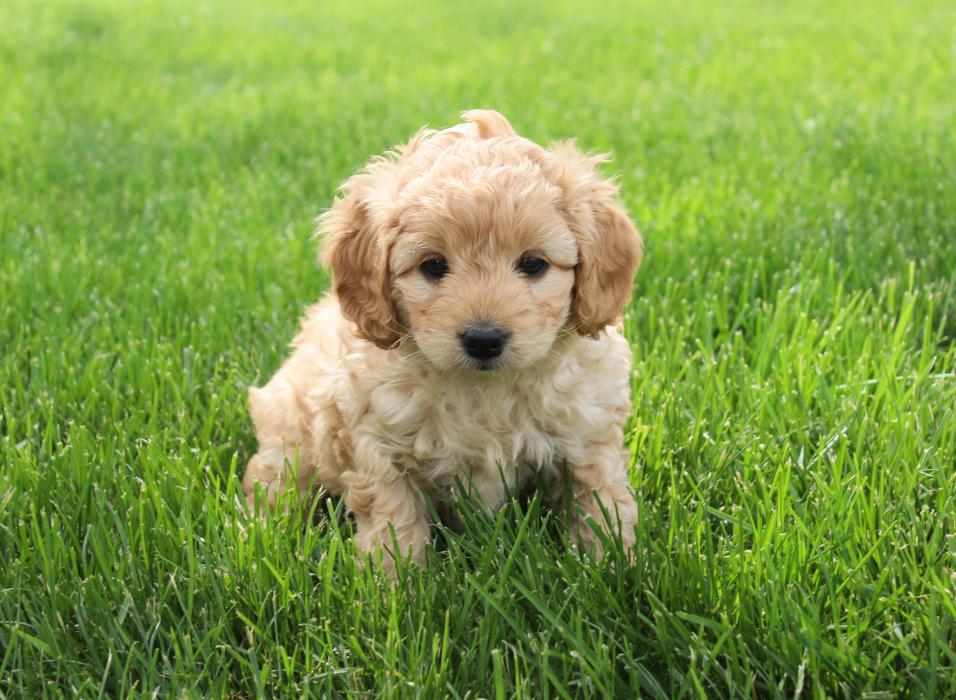
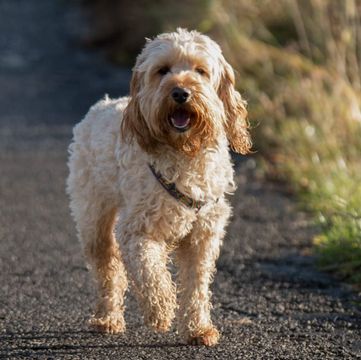
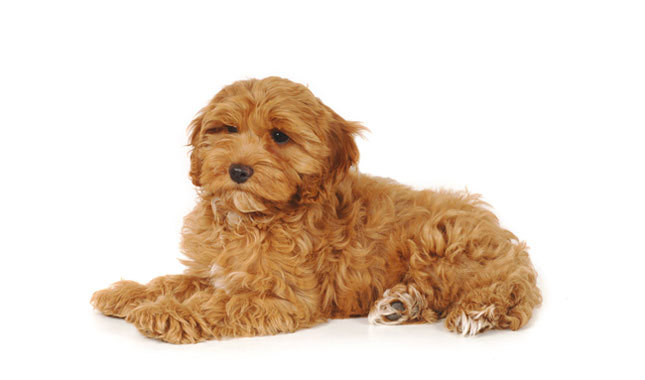
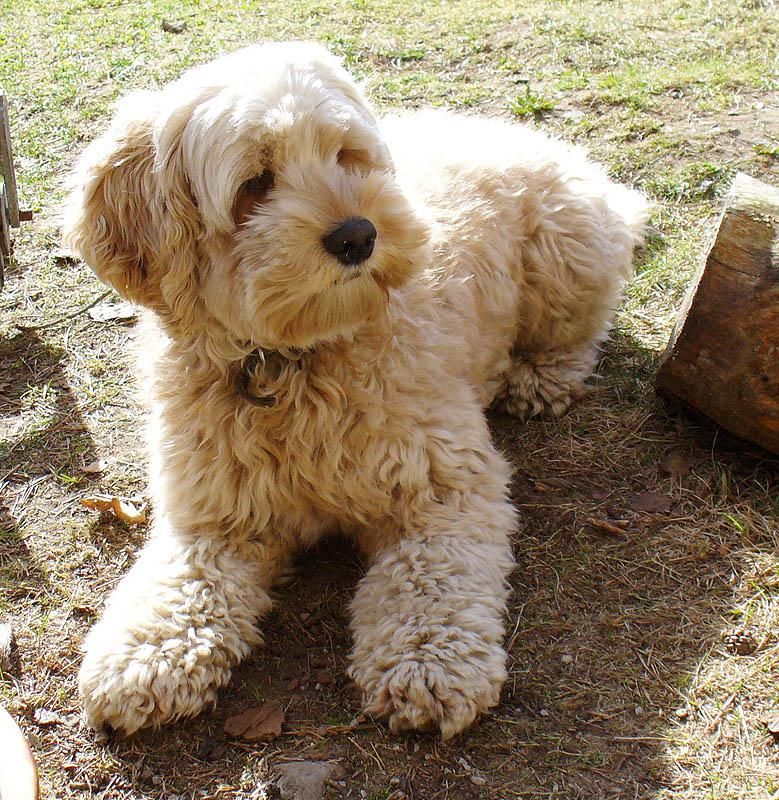

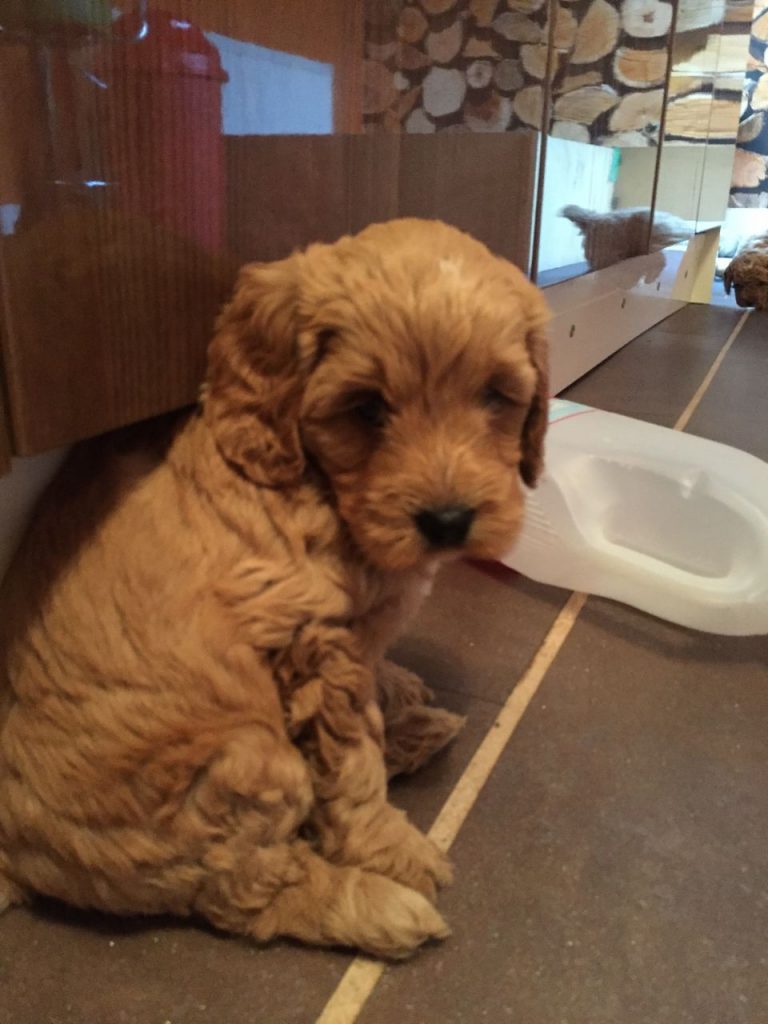
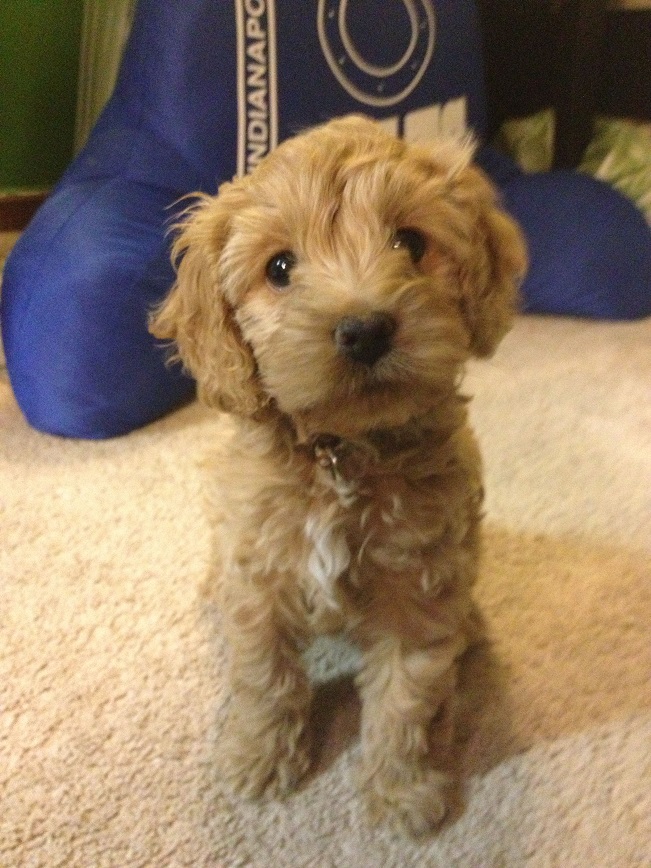
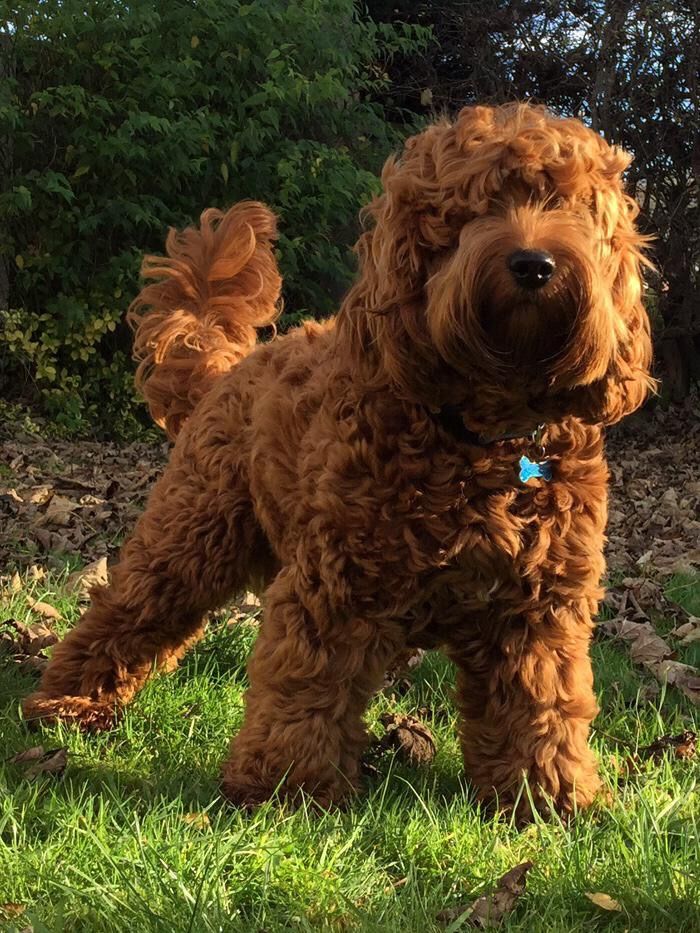
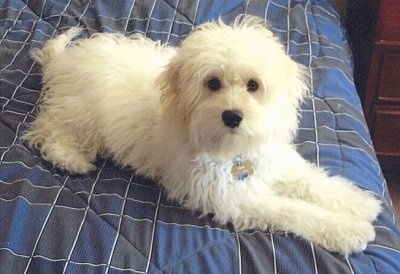
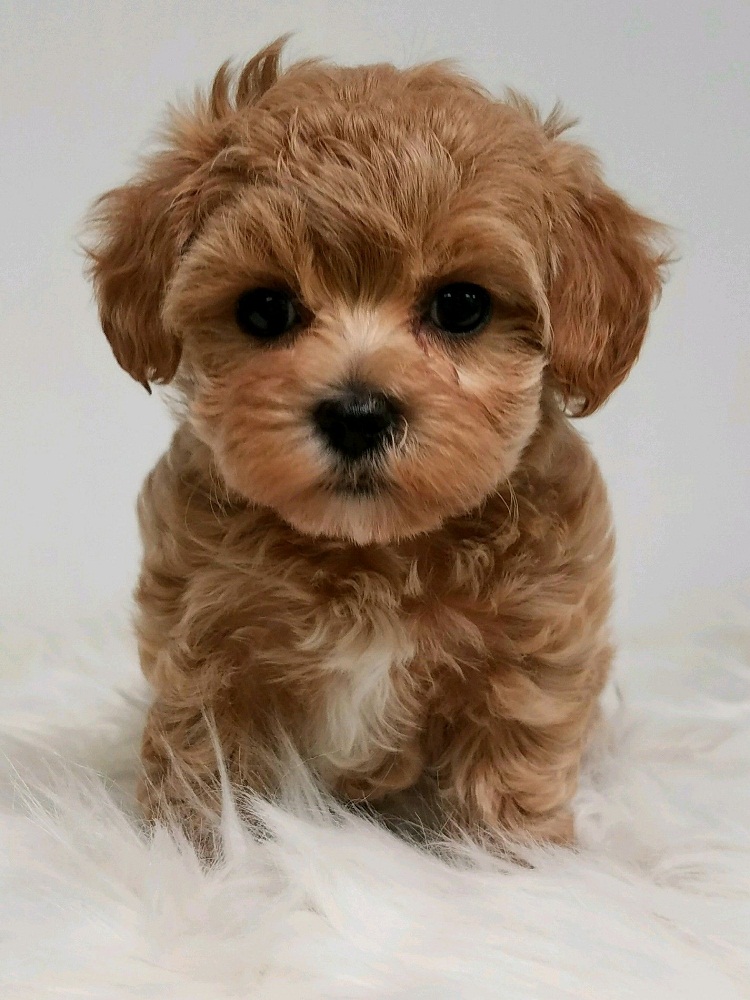
Quick Information
| Other names | American Cockapoo, Cockerdoodle, Cockadoodle, Cock-A-Poo, Cockerpoo, Maxi Cockapoo, Miniature Cockapoo, Mini Cockapoo, Standard Cockapoo, Spoodle, Toy Cockapoo |
| Coat | Single and long which can be straight or even have loose curls |
| Color | Black,spotted black, silver, white, cream, roan, brindle, merle, beige, tan, sable, brown (light or dark) |
| Breed type | Crossbreed |
| Group | Designer |
| Life Expectancy | 12-18 years |
| Size | Small |
| Height | Teacup toy: Lesser than 10 inches Toy: Approximately 10 inches Miniature: 11-14 inchesStandard or Maxi: Greater than 15 inches |
| Weight | Teacup toy: Lesser than 6 pounds Toy: Below 12 pounds Miniature: 13 to 18 pounds Standard or Maxi: Greater than 19 pounds |
| Litter Size | 4-6 puppies |
| Behavioral Characteristics | Affectionate, loving, outgoing, friendly, playful, energetic |
| Good with children | Yes |
| Do they bark a lot | No(only when the need arises) |
| Climate compatibility | Preferably cooler climate |
| Shedding | Minimal |
| Hypoallergenic | Yes |
| Competitive Registration/ Qualification | ACC, CCA, CCGB, ACHC, DRA, DDKC, DBR, IDCR, NACR |
| Country | United tates of America |
Video of Cocker Spaniel Poodle Mix Puppies
History
Popular in the United States since the 50s, they are known to be the oldest of the designer breeds. Details of the first breeding have not been documented and it could have been accidental, though the result was a pleasing one, producing puppies that inherited the Poodle’s intelligence and low shedding coat as well as the gentle and pleasing disposition of the Cocker Spaniel.
The Cockapoo Club of America developed in 1999, under the initiatives of Mary D. Foley which mostly promotes multigenerational breeding by crossing one Cockapoo with the other, with the effort of making it a purebred.
Besides this, other organizations formed for the purpose of developing this breed included American Cockapoo Club (2004) as well as the North American Cockapoo Registry. However, it still remains unrecognized by notable clubs like American Kennel Club, Kennel Club, Canadian Kennel Club or United Kennel Club.
Recognized Names by Different Registries
- Designer Breed Registry – Cock A Poo
- American Canine Hybrid Club – Cock-A-Poo
- International Designer Canine Registry® – Cockapoo
- Designer Dogs Kennel Club -Cock-A-Poo
Temperament and Personality
Their affectionate, friendly and loyal nature, make them excel to the status of perfect companion dogs who are immensely devoted towards their owner.
They have a clingy nature, loving to follow their masters wherever they go or even enjoy being petted on their laps, which increases their chances of separation anxiety when left alone for prolonged periods and could also resort to destructive means like barking excessively or chewing.
The Cockapoo might be either reserved or shy towards strangers like its Poodle parent, or even display aggression and bark at the sight of an unknown face, similar to the Cocker Spaniel. However, the gentle and pleasing nature it takes after both its parents lessen its possibilities of being a guard dog.
Though the Poodle Cocker Spaniel mix gets along well with kids, and older children who could deal with these dogs in a sensible and well-behaved manner. They also share a comfortable rapport with other canines and cats but might get after smaller animals and birds if they inherit the chasing instinct of their Cocker Spaniel parent who has a hunting lineage.
Care
Exercise
They are moderate in terms of activity levels, but could be immensely active if the Miniature version of Poodle is one of its parents. It also possesses the increased energy levels of the Cocker Spaniel, hence needing adequate amount of exercise to keep it physically and mentally rejuvenated. Besides giving them two short walks (for 10 or 15 minutes at a time) on a daily basis, give them sufficient playtime in a fenced yard or even when they are indoors. When their need for activity is met well, they would do fine in an apartment.
Grooming
These low shedding dogs need less amount of grooming, though its requirements vary according to its coat. A slicker brush would be suited for combing the coat at top, which may be further combed using a steel comb for removing the mats and tangles.
Its hair must be clipped at least four times in a year, though a professional groomer’s help should be sought to initiate the process in a better way. Of the several hairstyles, the teddy bear cut is one of the sought after hair-cuts for the Cockapoo where the hair around its facial region has a full and round look.
Though claimed as an odorless breed, bathe it after two or three months or whenever it gets dirty. The hair around its eyes should be trimmed on a regular basis to ensure visibility lest it could hinder its eyesight. Clean its eyes and ears using a damp wash cloth, brush its teeth twice or thrice a week and also trim its nails one or two times in a month for better hygiene.
Health Problem
Some of the common health problems faced by the Cockapoo include patellar luxation, hip dysplasia, cataracts, progressive retinal atrophy and infections of the ear.
Training
The Cocker Spaniel Poodle Mix is intelligent but could be stubborn, hence a firm hand is needed to train it in a better way.
- Socialization training should be imparted to the Cockapoo puppies so that they could be able to shed off their aggressive traits (if they have any). Many owners of the Poodle and Cocker Spaniel mix often follow the Rule of Seven that means acquainting them with seven new sounds, new places, new sights, and new people. In this way they would be able to understand and differentiate the good from the bad, which in turn may help in shedding off their aggressiveness, also helping them to develop a pleasant and friendly demeanor.
- Housetrain them as early as possible so that you can lessen their chances of separation anxiety. Place them in a crate by putting all their belongings and favorite things within. Do not go for highly spacious crates as it may stress the dog unnecessarily. The appropriate crate size for the Cockapoo is 36 x 23 x 25(length x width x height).
Feeding
Feed a Cockapoo with a good quality dry dog food, though the amount would differ in accordance with their size. Teacup dogs need to be feed half cup of food in a day, the toy variety requires a 3/4 th cup of dog food, the miniature dogs should be given one-third cup dog food, while the maxi breeds would need a higher amount of dog food.





